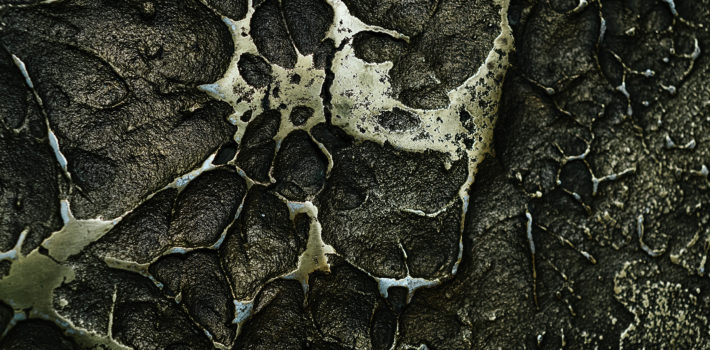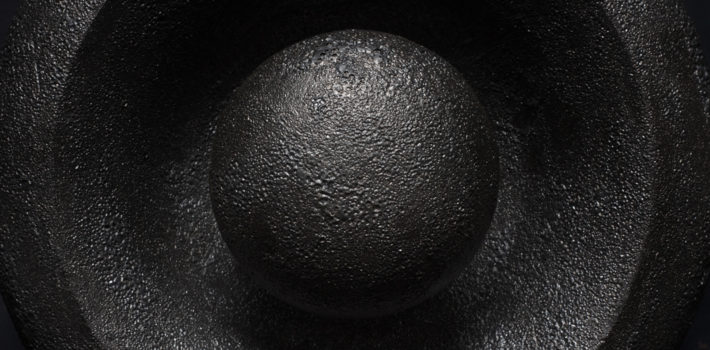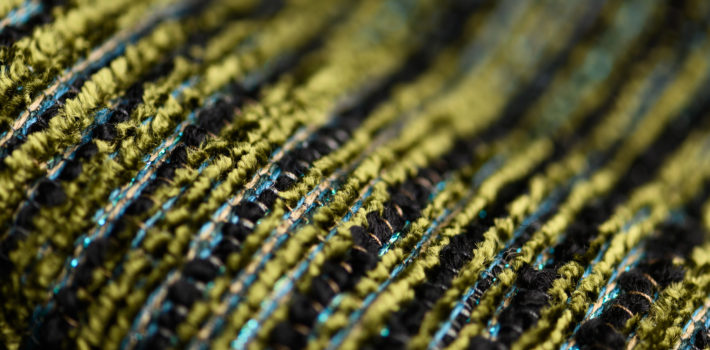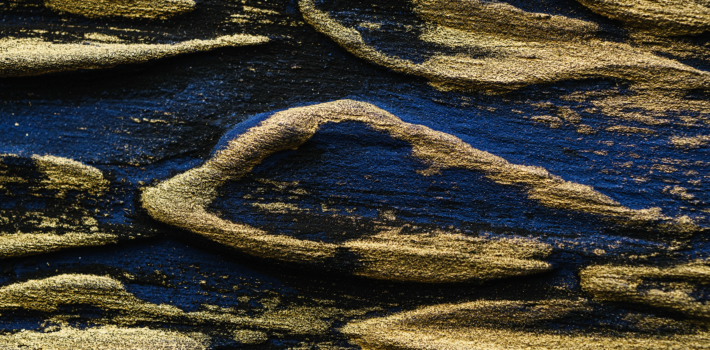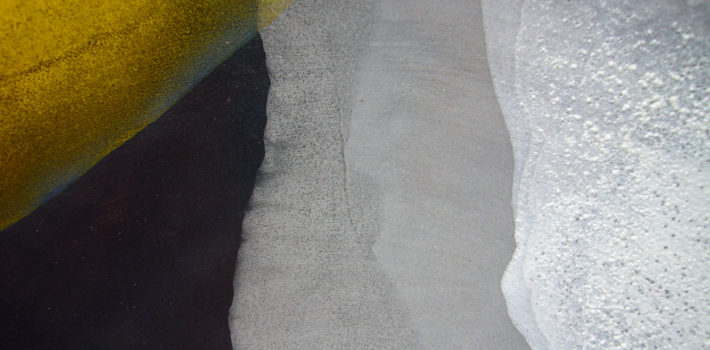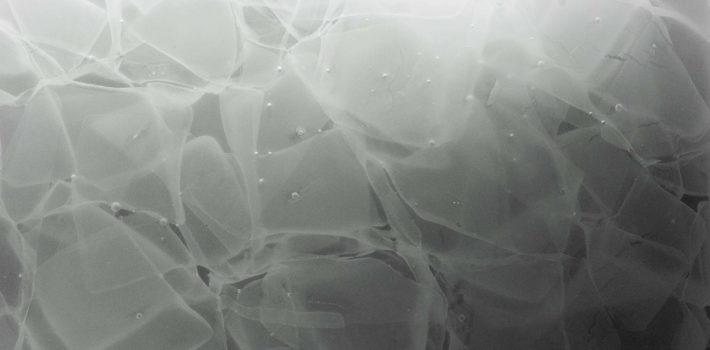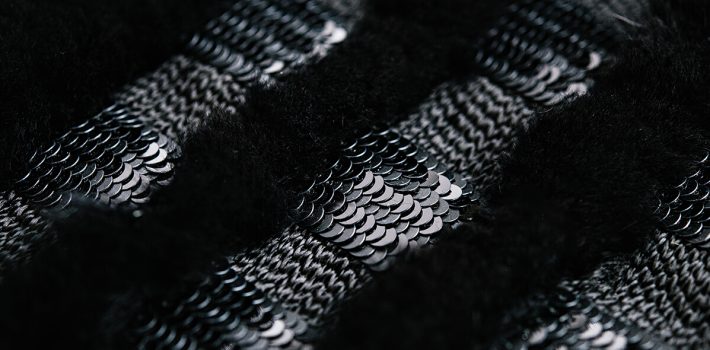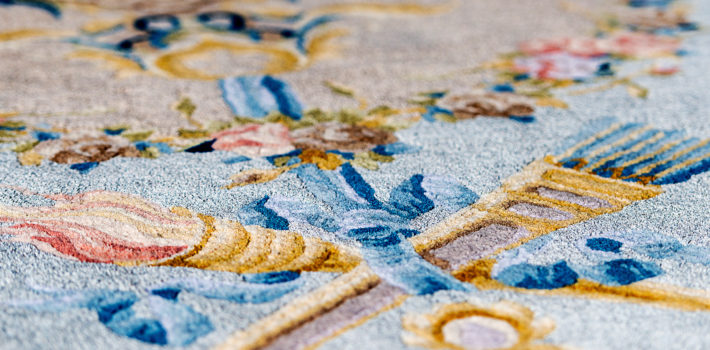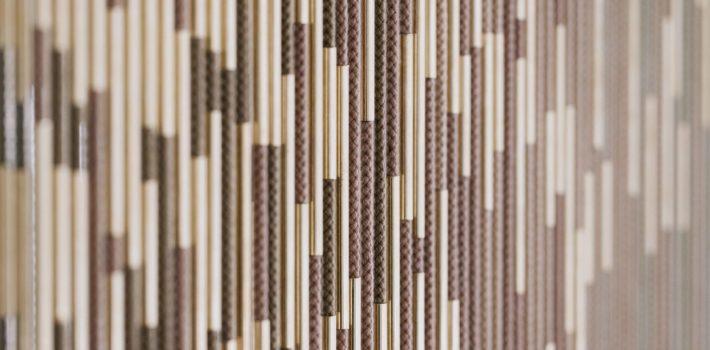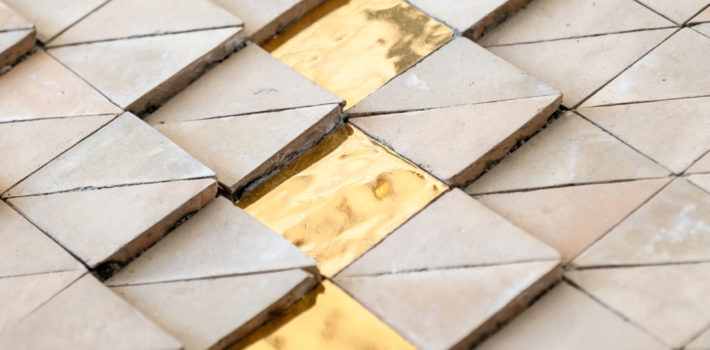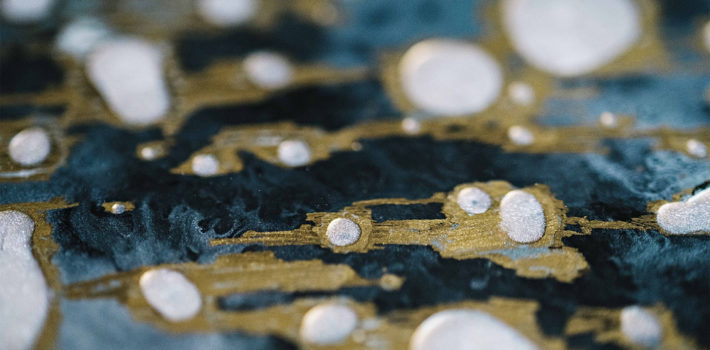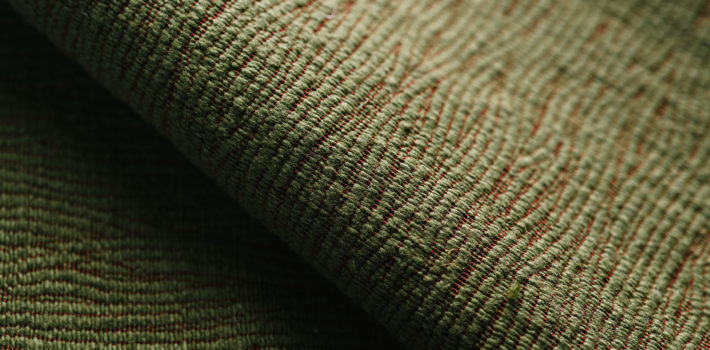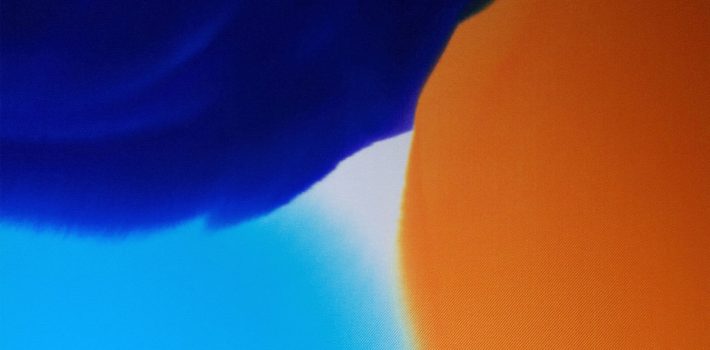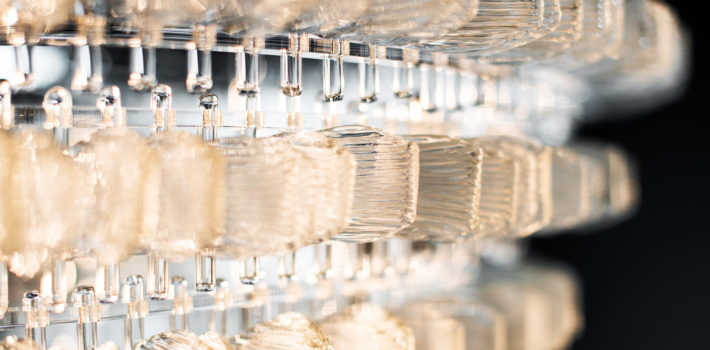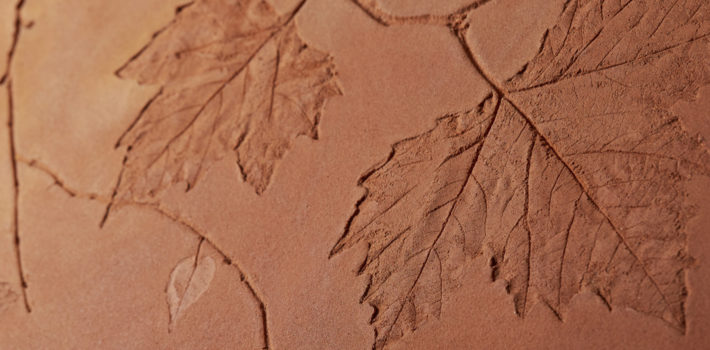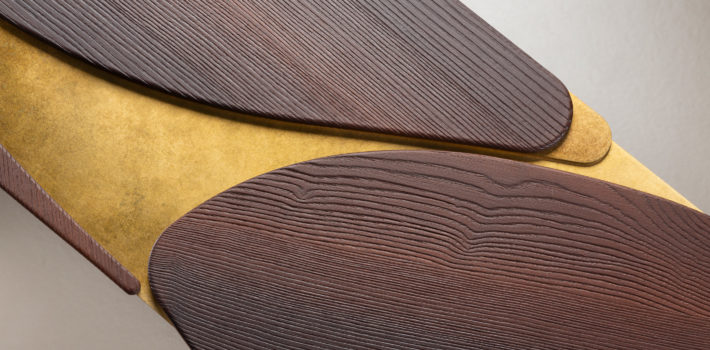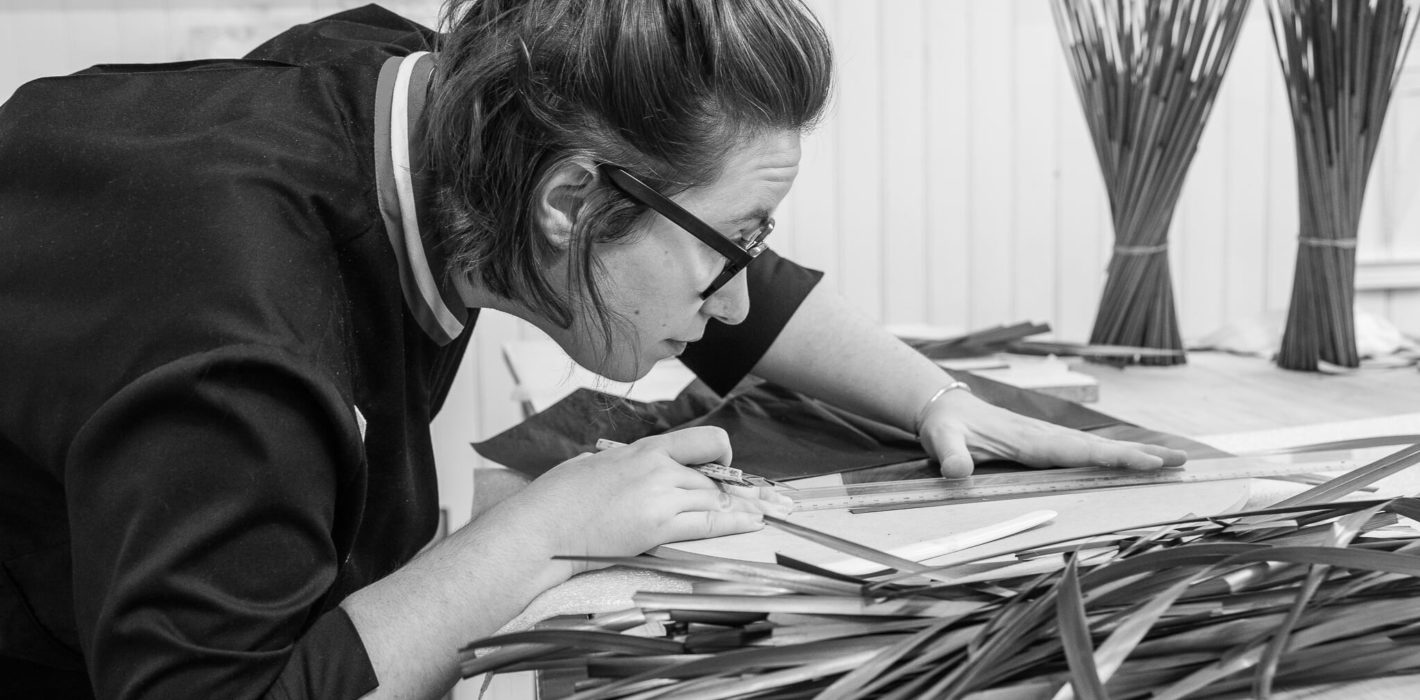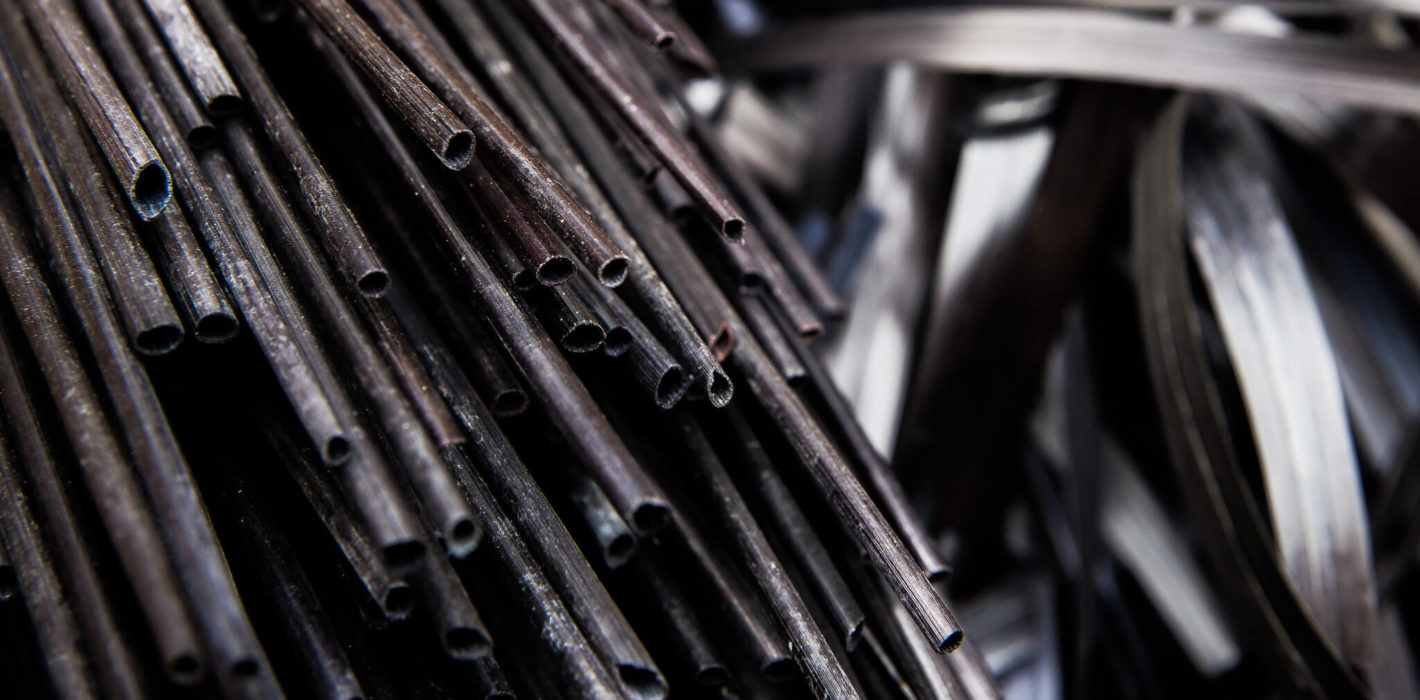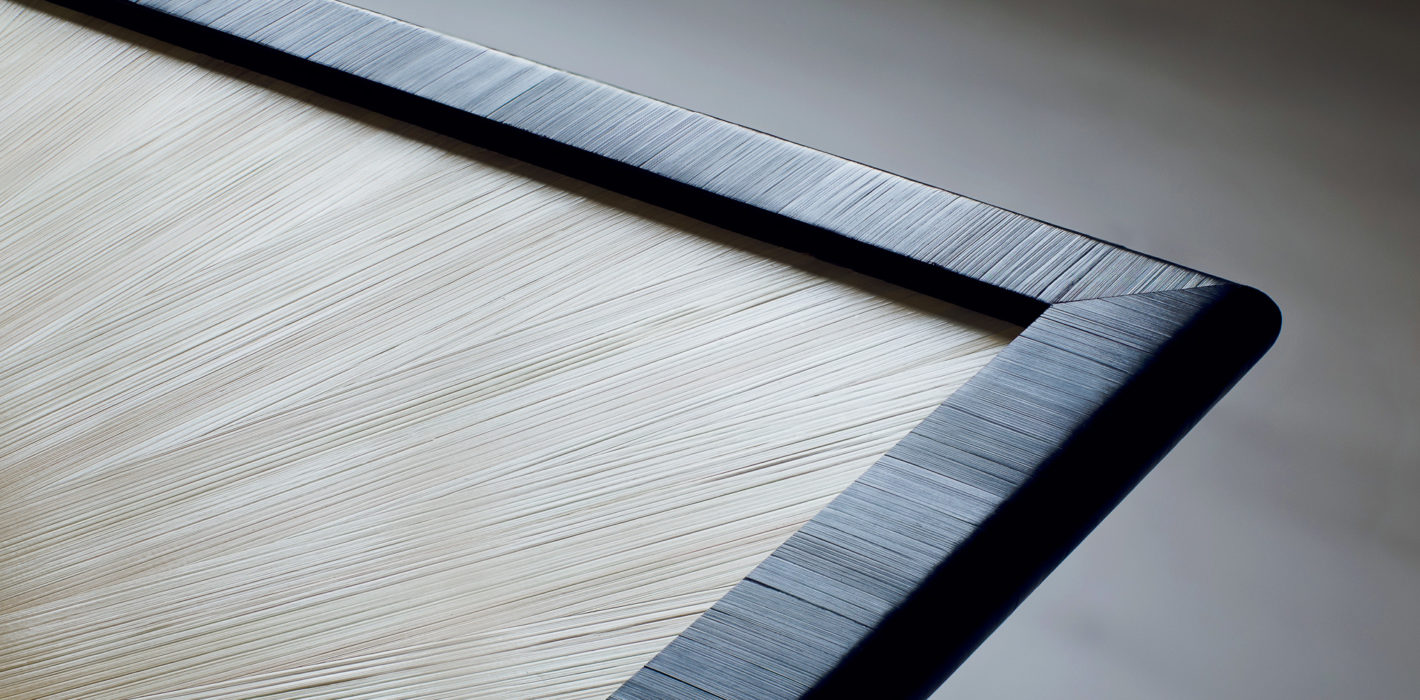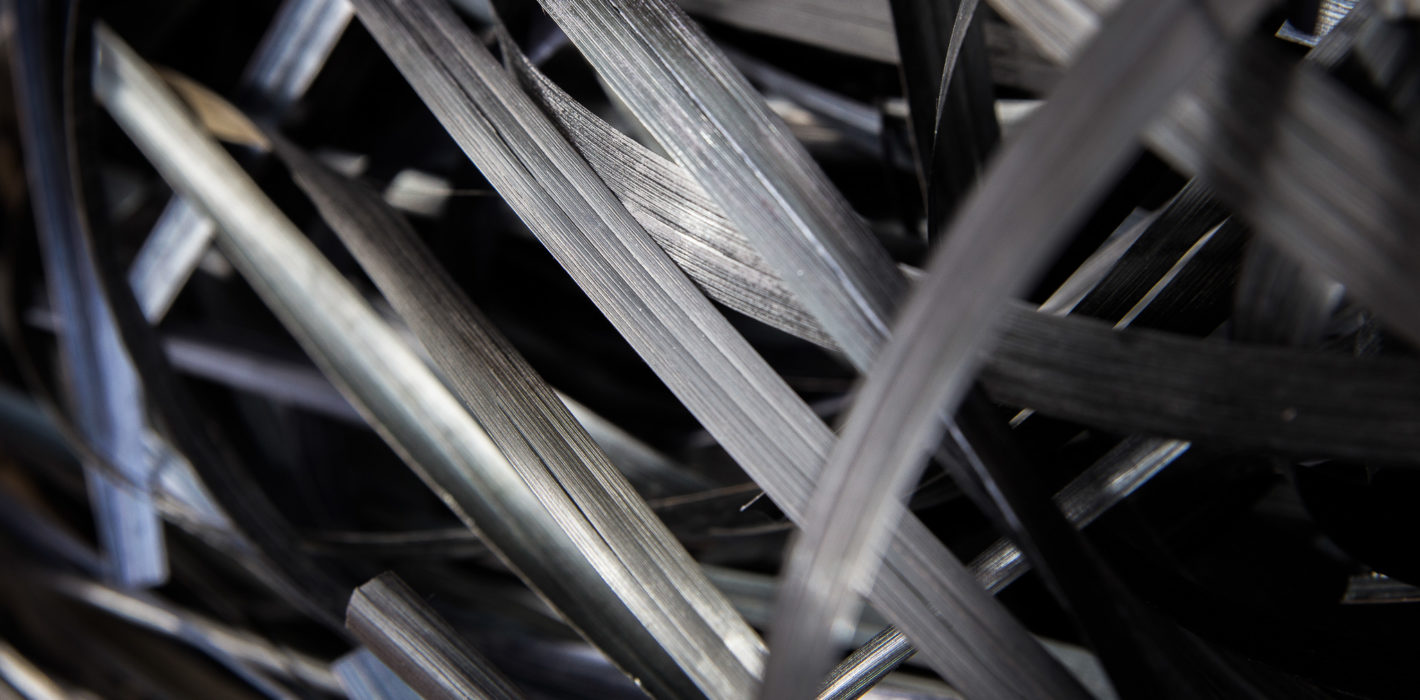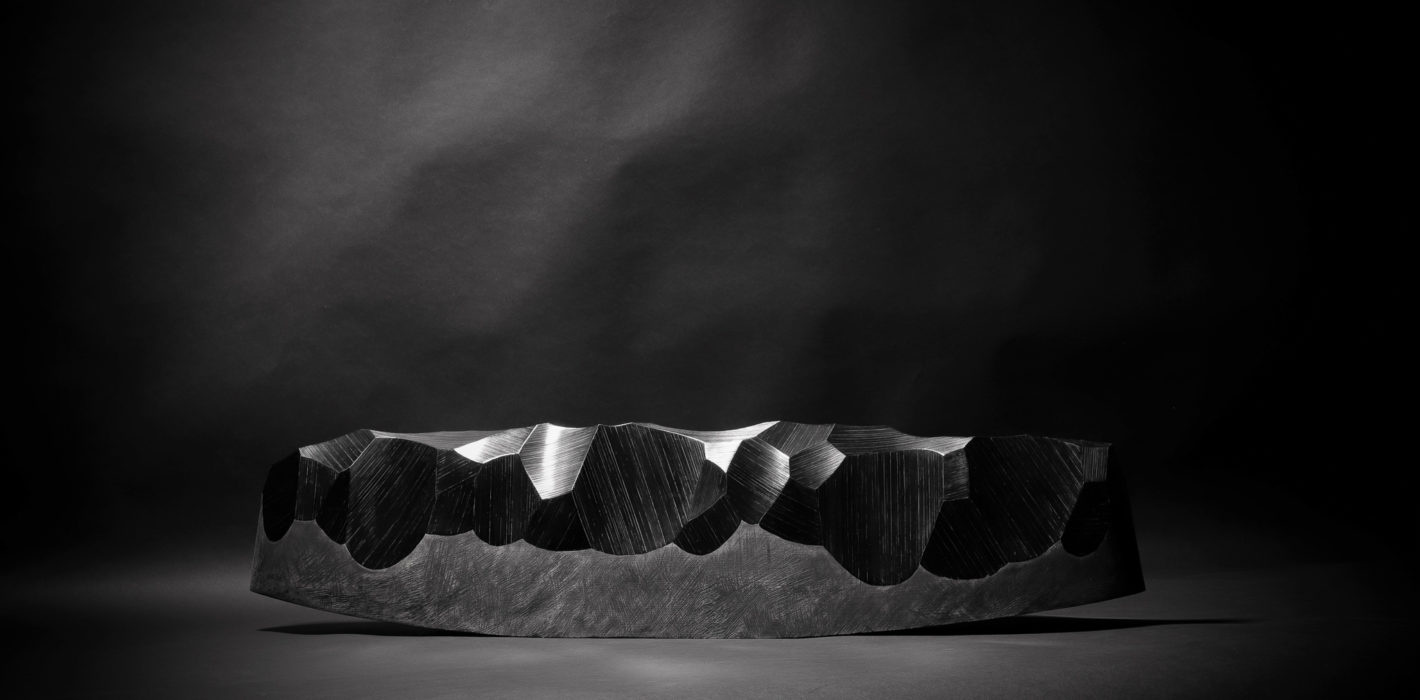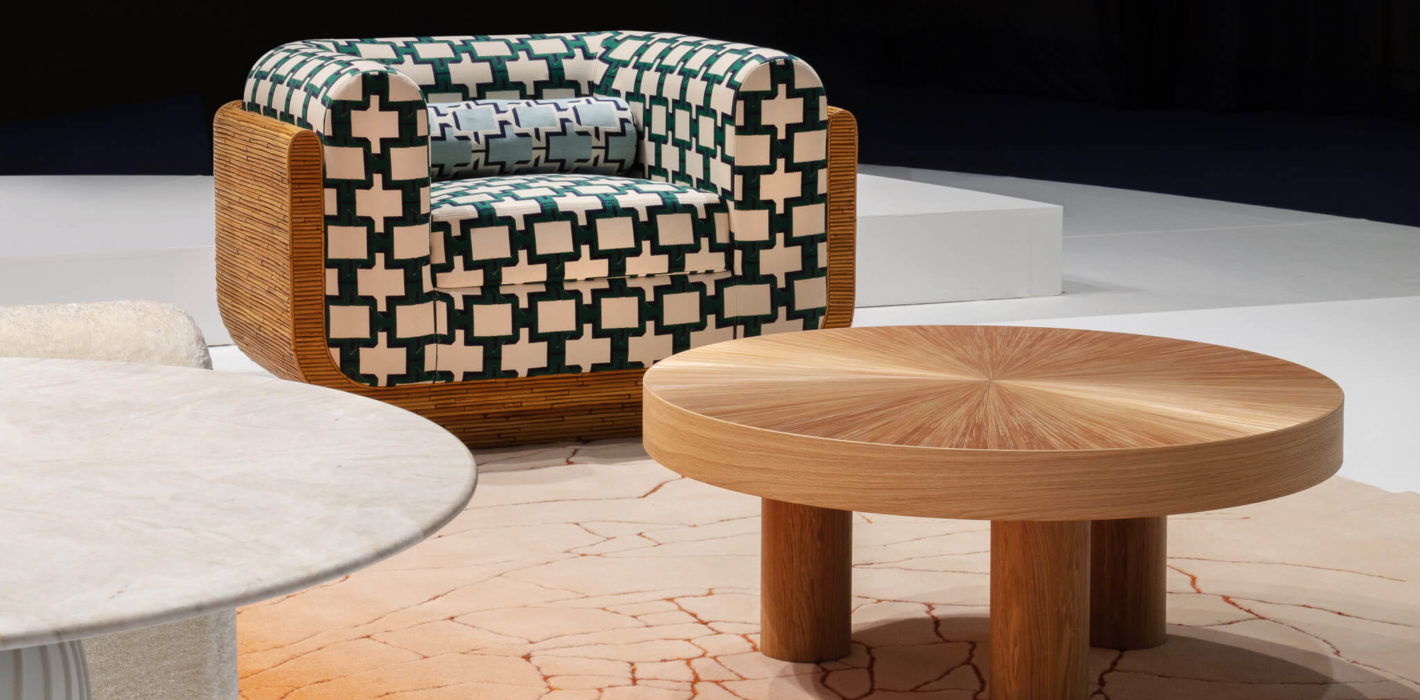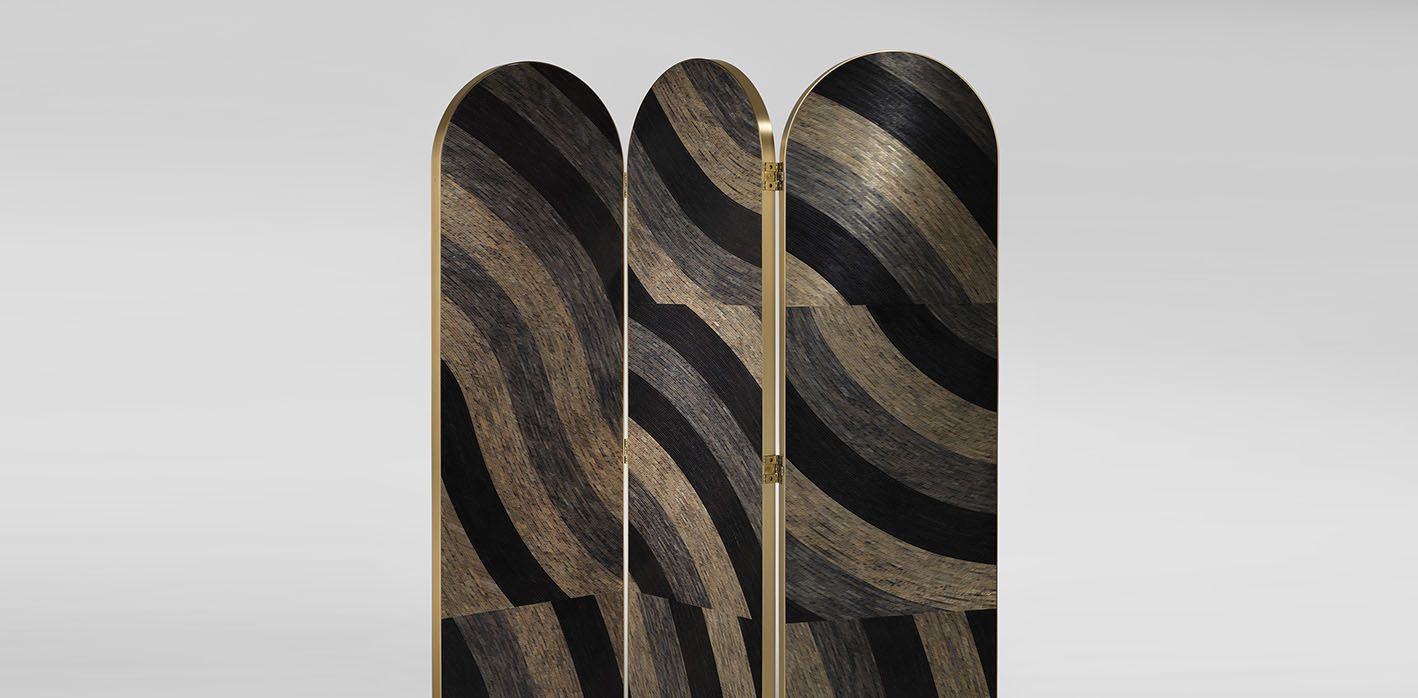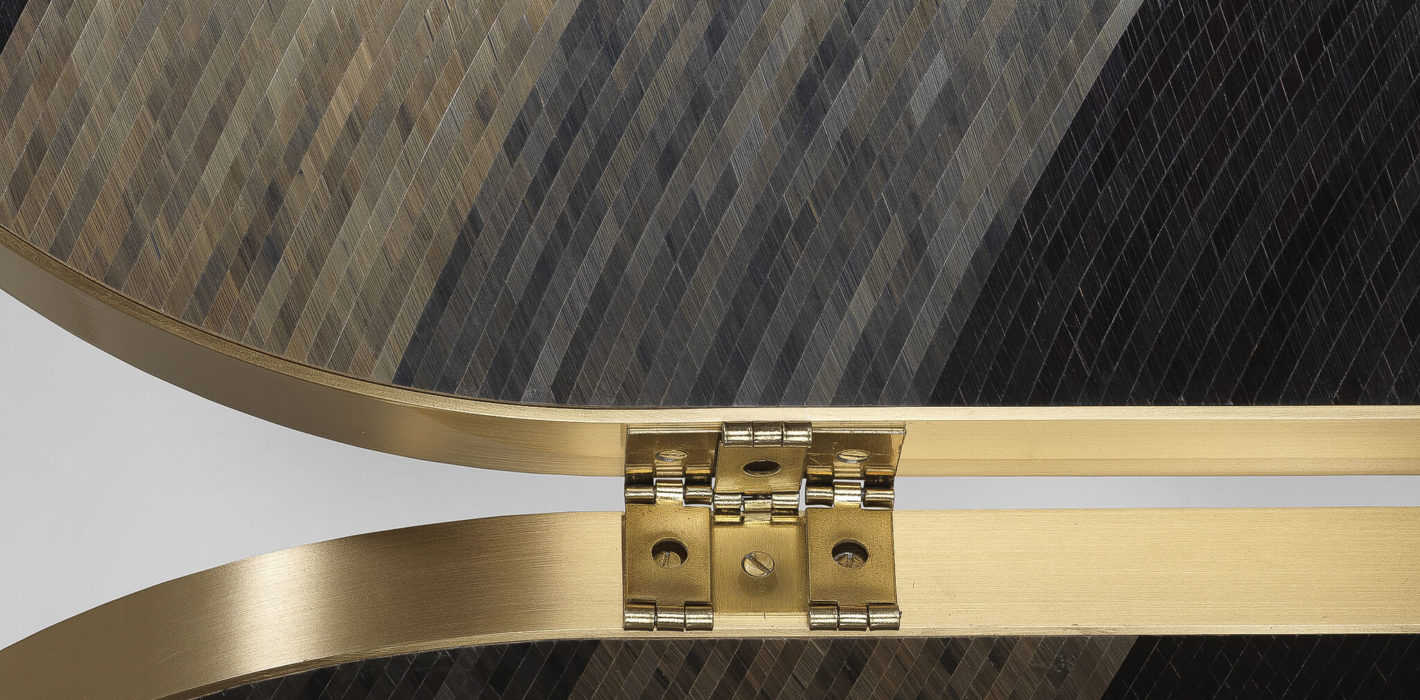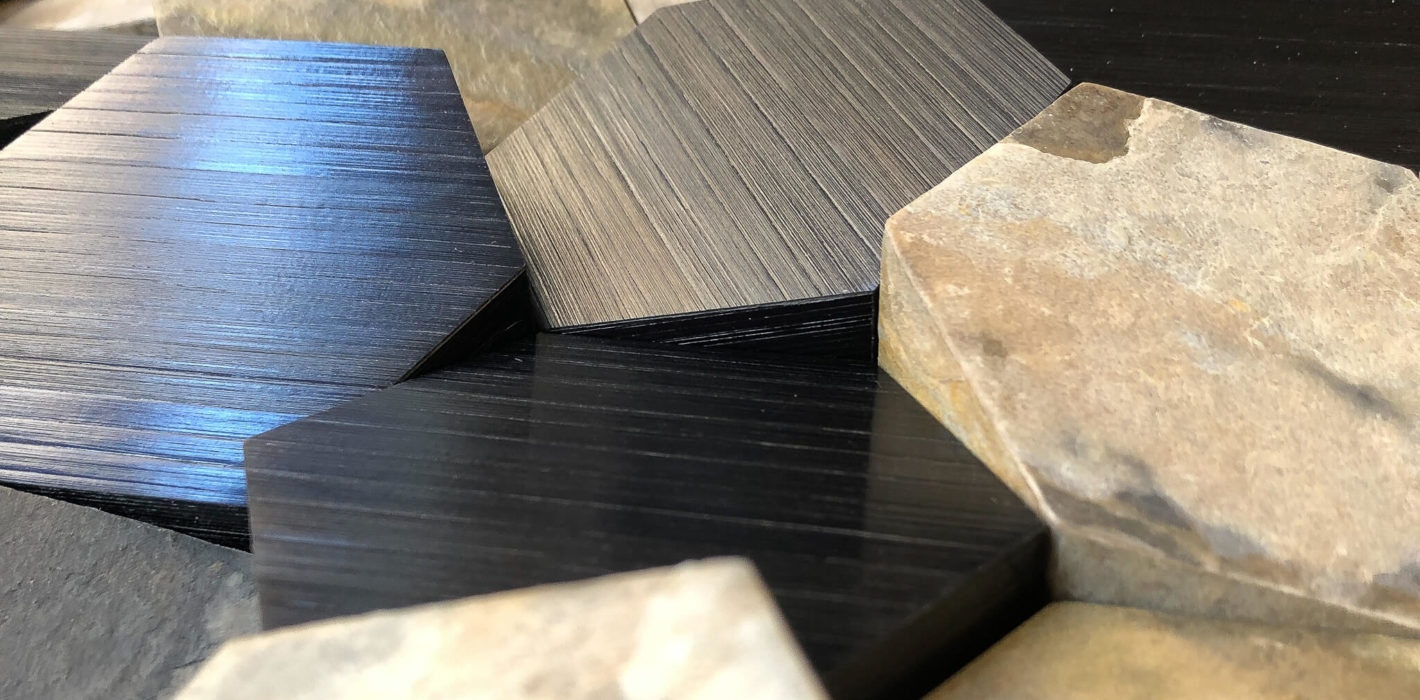Manon Bouvier
Designer Specializing in Straw Marquetry
Created by Manon Bouvier when she was just 23 years old, Atelier Paelis is now renowned in the world of straw marquetry. Passionate about the possibilities offered by this material, Manon enjoys pushing her limits and taking on challenges. She places great importance on passing on her expertise. Meet an inspiring and talented woman, and discover her art.
Can you introduce your background?
I was drawn at an early age to craftsmanship and enrolled in a professional high school to pursue a CAP (Professional Aptitude Certificate) in cabinetmaking, followed by the renowned École Boulle when I was 17.
In my third year there, I completed an internship in straw marquetry at Maonia,, a contemporary art cabinetmaking company founded by Marine Fouquet. I hadn’t considered this specialisation at allbut it turned out to be a revelation. I was hired by this company after finishing my studies. However, two years later, in 2016, I decided to establish my own workshop with the aim of setting myself apart from others in the field.
I immediately sought to find my own style and determine what I could bring to the world of marquetry. My participation in the 2017 Paris Design Week with “Bayan,” a piece of furniture adorned with straw marquetry in various shades of blueand an exhibition at the Museum of Decorative Arts in Berlin gave me significant visibility. Positive feedback gave me confidence to compete in the Meilleur Ouvrier de France (Best Craftsman in France) competition, from which I received a prizein 2019. Subsequently, I left Paris to establish myself in Lyon and hired my first employee. Today, we are a team of four. The story is underway. I love to pass on my knowledge. Being surrounded by a motivated and passionate team is very important to me. I recently opened my second workshop, which will be dedicated to creation, while the first will serve more as a showroom.
What sets Atelier Paelis apartand how would you define your style?
We work with an emphasis on light and primarily employ monochrome. For me, too much information on a marquetry piece detracts from its delicacy. I offer simple and varied geometric patterns so that light reflects in all directions. The biggest distinctive feature of my work is playing with perspectives. I don’t see in 3D and perceive no relief. I try to highlight this “flaw in production” by imagining what others perceive and attempt to convey it.
My world is one of shadow and light. I enjoy creating patterns that give the impression of emerging from the marquetry panels. I choose and sort the straw I work with very carefully. It’s examined in all its forms with exacting precision. We work in a short supply chain and pay attention to everything we use in the workshop.
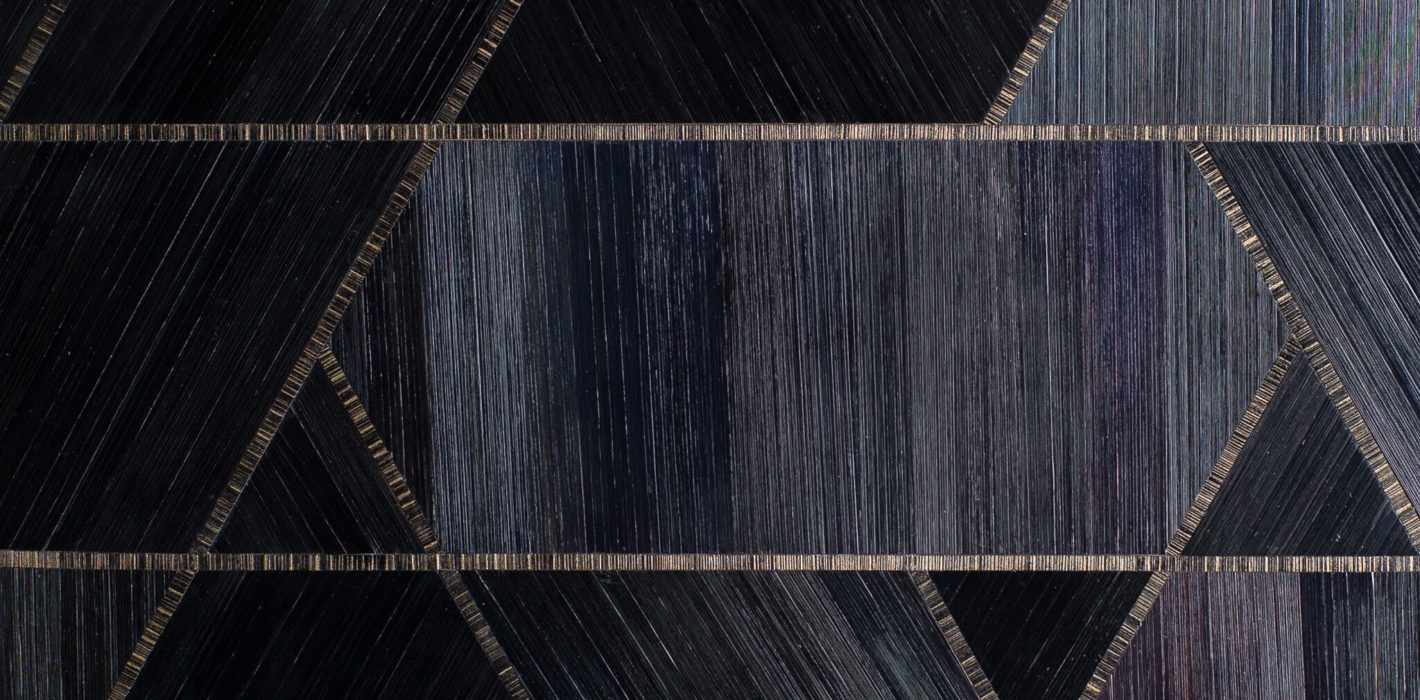
Straw marquetry originated in the 17th century. Can you share your perspective on how the craft has evolved over the years?
The classic and traditional practice continues but the applications have changed. For example, we now produce fewer boxes but still a lot of furniture and wall panels. It’s up to contemporary straw marquetry artisans to go beyond traditional practices by applying straw marquetry to new surfaces or using other techniques to ensure the craft lives on . The motifs from the 1920s are still very relevant today – motifs like the sun and fans continue to appeal to people.
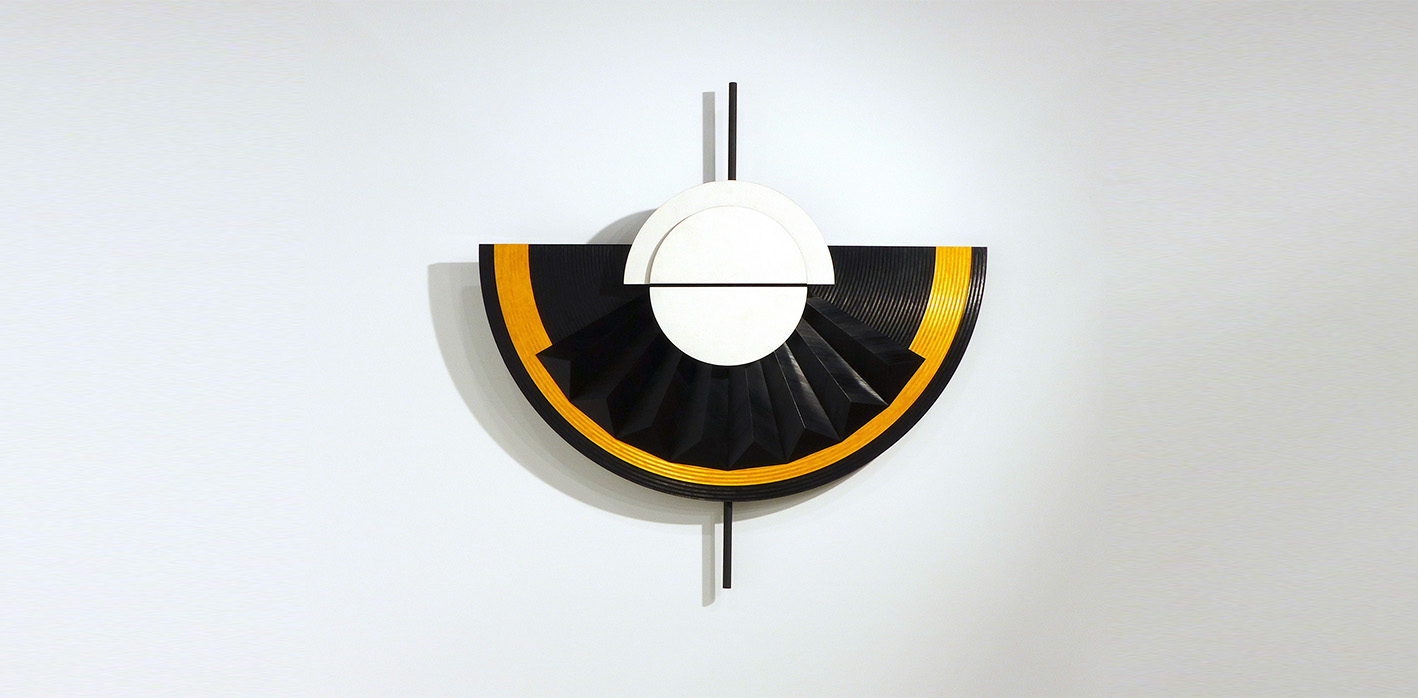
You received the title of “Meilleure Ouvrière de France” (Best Craftsman of France).
Did it mark a significant turning point in your career?
It’s hard to say, but yes, it definitely did. Thanks to my title, I worked with the Bocuse d’or, which opened many doors and proved that Atelier Paelis was capable of more than just straw marquetry. For the competition, I designed a tray and a « Take Away » box, which is now displayed at the Museum of Decorative Arts in Paris as a reference in design. We produced fifteen boxes for the fifteenjury members, which was a significant technical challenge to complete in a relatively short time frame especially since we had to use 100% plant-based materials. We had four months to produce the boxes and three weeks to create the straw marquetry on the pieces we made. It was a comprehensive , creative project.
Overall, being named “Meilleure Ouvrière de France” primarily gave me confidence in myself and my work, and it brought me legitimacy and visibility.
What are the emblematic projects of Atelier Paelis?
The first project that truly launched me was a folding screen created for a project by Elliott Barnes. I also created another three-module screen with Flavia de Laubadère, highlighting black rye straw and bamboo. Charlotte Biltgen also approached me to interpret her design on a folding screen. The colour gradients and the reflection of the straw make the artwork particularly luminous. This collaboration was very enriching.
My work with the Bocuse d’Or to design a tray and a “Take Away” box was filled with stimulating studies and experiments. Finally, the Louis Vuitton trunk project, which was very inspiring, allowed me to advance my career.
What are your upcoming projects?
They are quite diverse. Right now, we are working with a watch and jewelry boutique in Switzerland to create wall panels and sales kiosks where we incorporate classical marquetry patterns with a modern twist.
The orders for Louis Vuitton trunks continue to be a significant part of our workshop’s work. Every year, the month of December is dedicated to creativity. Our workshop closes for a month to continue innovating. It’s a crucial time for me and the other artisans in the workshop. We use this period to brainstorm new ideas in a creative and developmental approach to the craft.
Combining straw marquetry with other materials is part of this creative process. I’ve recently been researching how to combine marquetry with mother-of-pearl. Each material enhances the other beautifully.
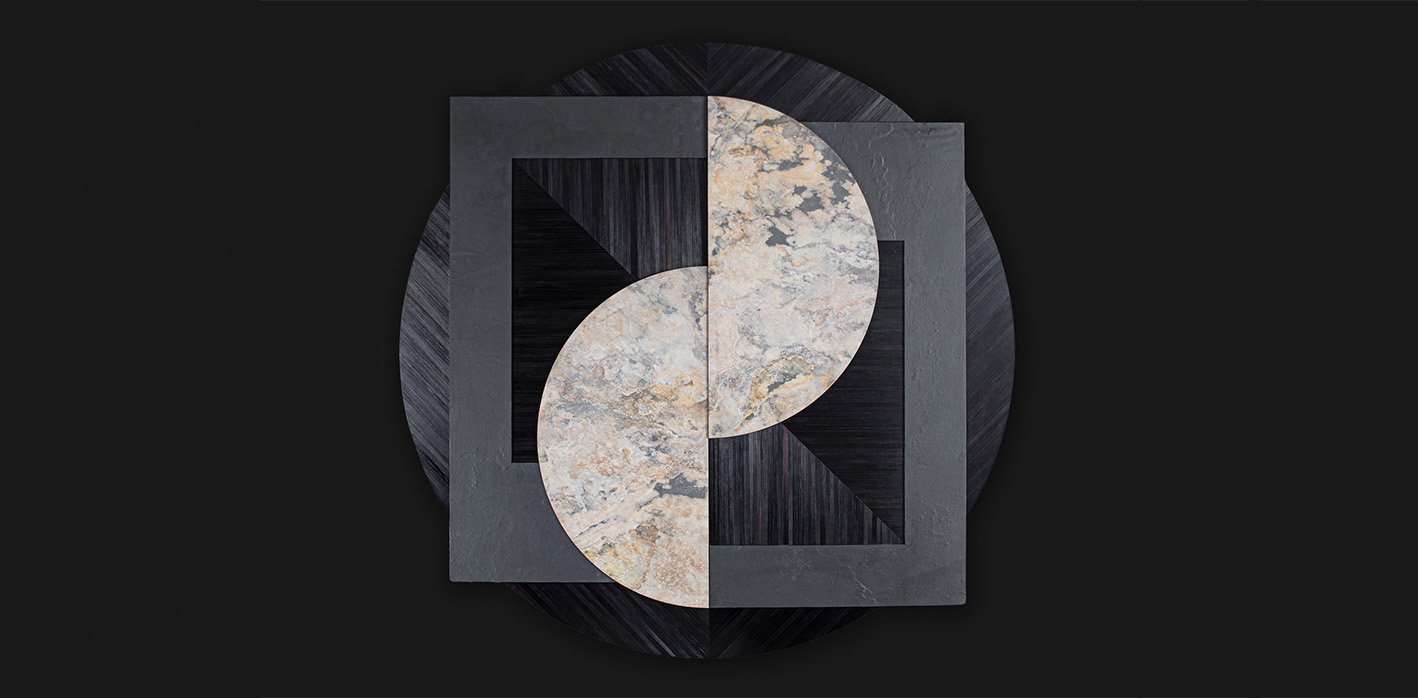
Do you work primarily with French architects or international ones?
I primarily work with French architects who live and work abroadas well as Parisian architects who have relocated to various parts of the world. I also work extensively with architects based in London.
Clients reach out to the workshop because they have seen some of my work, either through word of mouth or on Instagram. My reputation mainly results from the success of my projects. Today, my work is fairly well referenced. I have samples in many luxury houses and architects’ material libraries.
Do you collaborate with other artists or craftspeople?
I collaborate with artists or craftspeople on completed projects in order to truly highlight straw marquetry by combining it with other materials. I sculpted with marquetry a piece with hollows and edges for the artist Thierry Martenon. It was a real technical challenge!
What I enjoy most is collaborating with designers. They allow me to step out of my comfort zone and push my boundaries. Creating a piece is very stimulating. For Charlotte Biltgen‘s folding screen, for example, the pattern was completely vague, which made it very challenging to execute, but that’s what I love.
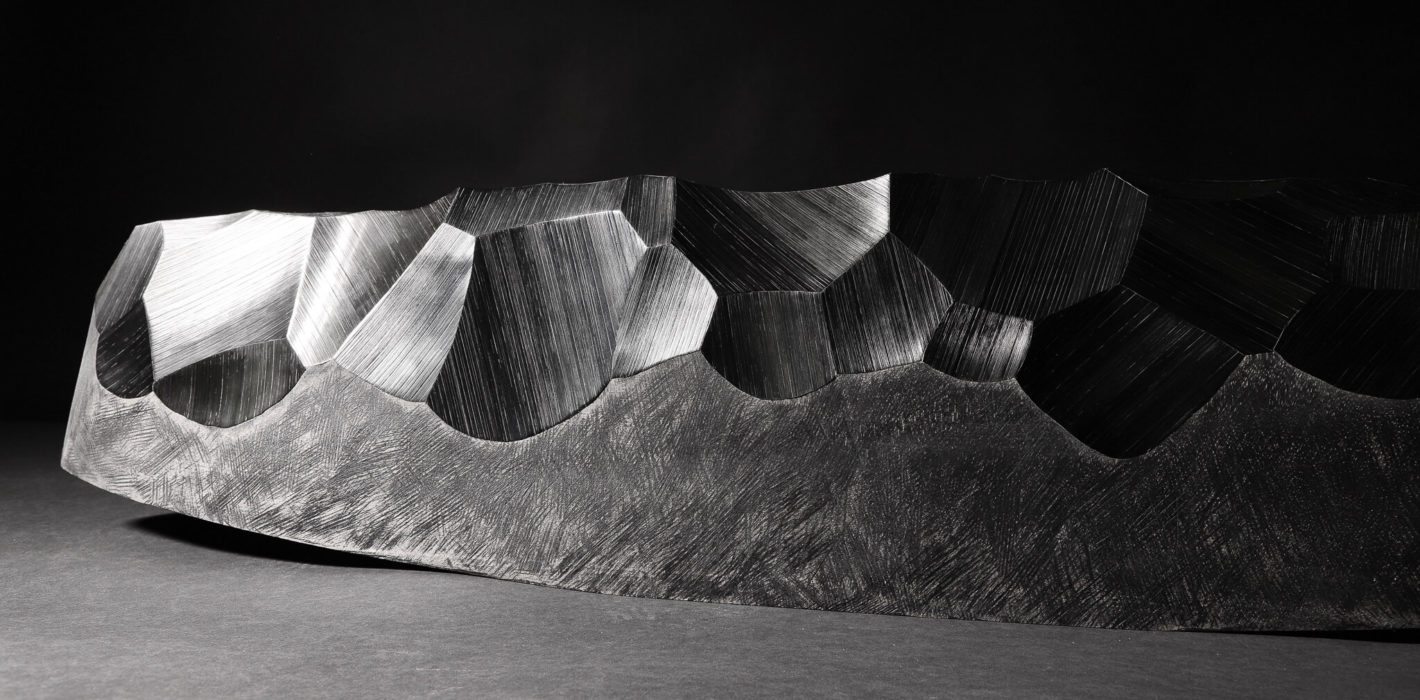
What project(s) do you dream of realising?
A project that seems impossible to accomplish. I enjoy taking on challenges. I like working on all kinds of materials, all surfaces, but most of all, I enjoy it when things get complicated, when it requires a lot of thought and effort.
How did you discover Collection Latil?
I learned about Collection Latil through Charlotte Biltgen during an event at her showroom for Paris Design Week. It was very interesting and I greatly appreciated Collection Latil’s approach. I admire their commitment to showcasing and promoting talented artists and artisans.
Atelier Paelis
34, rue Tête d’Or
69006 Lyon
contact@paelis.com
www.paelis.com
Photos – ©Florence Branchard, ©Thierry Martenon, ©Atelier Paelis, ©Samuel Cortes
